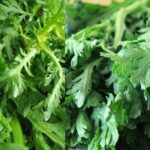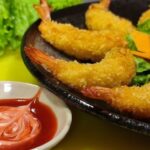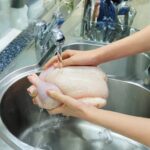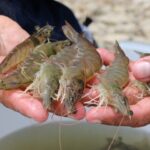Elevate your shrimp game with a simple kitchen herb! With just one familiar leaf, readily available in many households, you can take your boiled shrimp to the next level. Watch as your shrimp transform into a vibrant red, glossy delight while retaining their natural chewiness. Not only does this leaf enhance the color, but it also imparts a subtle aroma that elevates the dish. So, what’s this magical ingredient? Read on to discover the secret and master the art of boiling shrimp!
Preparation:
– Fresh shrimp.
– A handful of fragrant rice paddy herb (also known as Vietnamese coriander or laksa leaf)
– A pinch of salt
Instructions:
Step 1: Selecting the Shrimp
For the best boiled shrimp, start with fresh, high-quality shrimp. Look for bright, slightly greenish shrimp with shiny, smooth surfaces. When held up to the light, they should appear almost transparent and sparkle in the sun. Fresh shrimp are usually very lively and will snap vigorously when picked up. Avoid shrimp with a strong fishy odor or signs of deterioration, and steer clear of those that feel soft and limp.
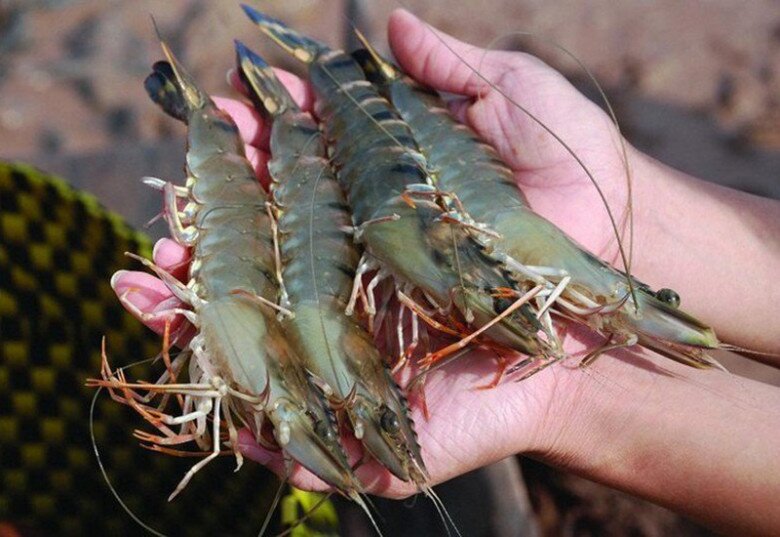
Step 2: Preparation
Once you’ve purchased your shrimp, it’s time for some careful preparation. If possible, remove the vein along the back to reduce any fishy odor and enhance the flavor. Finally, give the shrimp a good rinse to remove any dirt or debris before cooking.
Clean the rice paddy herb and tie it into a neat bundle.
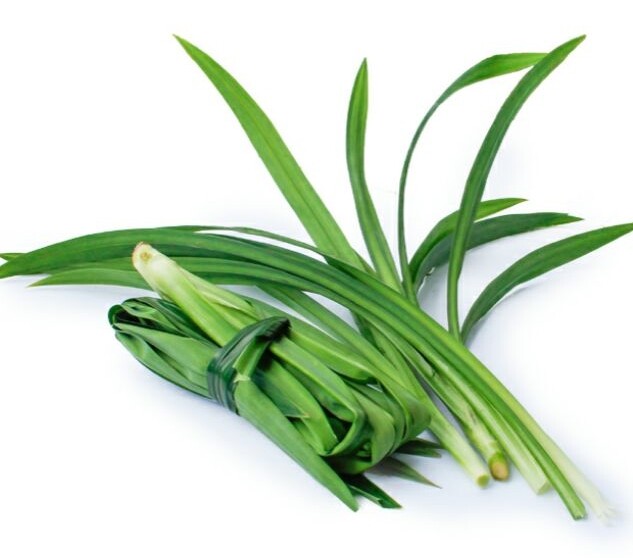
Step 3: Boiling the Shrimp
For the best results, our chef recommends using hot water to retain the shrimp’s freshness. Start by heating up a pot, adding a pinch of salt, and then dropping in the bundle of rice paddy herb. This herb not only masks any fishy odor but also infuses a delightful fragrance into the dish.
Continue heating until you see a gentle roll of bubbles at the bottom of the pot, indicating a temperature of around 85-90°C (185-194°F). This is the perfect time to add the shrimp—no need to wait for a rolling boil. Gently stir the shrimp with a spoon to ensure even cooking.
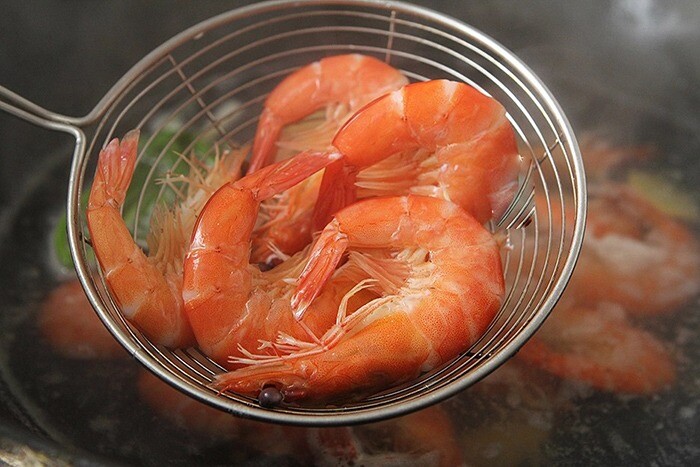
The boiling time depends on the size of the shrimp. Once they turn a reddish-orange color and their bodies curl, they’re done! Be careful not to overboil, as this can dry out the shrimp and affect their natural sweetness. Three to five minutes is usually sufficient, depending on their size.
The boiled shrimp, infused with the fragrance of the rice paddy herb, are now ready to be enjoyed. The meat is firm, sweet, and chewy, and pairs perfectly with a dip of salt, pepper, and lime, or your favorite seafood sauce.
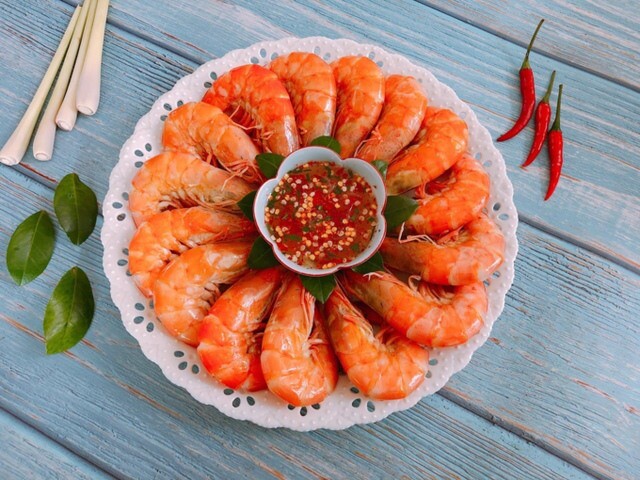
Happy cooking!
How to Tell the Difference Between Farmed and Wild Shrimp: The Super Simple Trick Sellers Don’t Want You to Know.
Introducing the ultimate guide to mastering the art of shrimp differentiation. With years of experience in the seafood industry, our expert is here to reveal the secrets to telling farmed and wild-caught shrimp apart. Learn the tricks of the trade and impress your guests with your shrimp-savvy skills at your next dinner party. It’s time to elevate your seafood game!

























